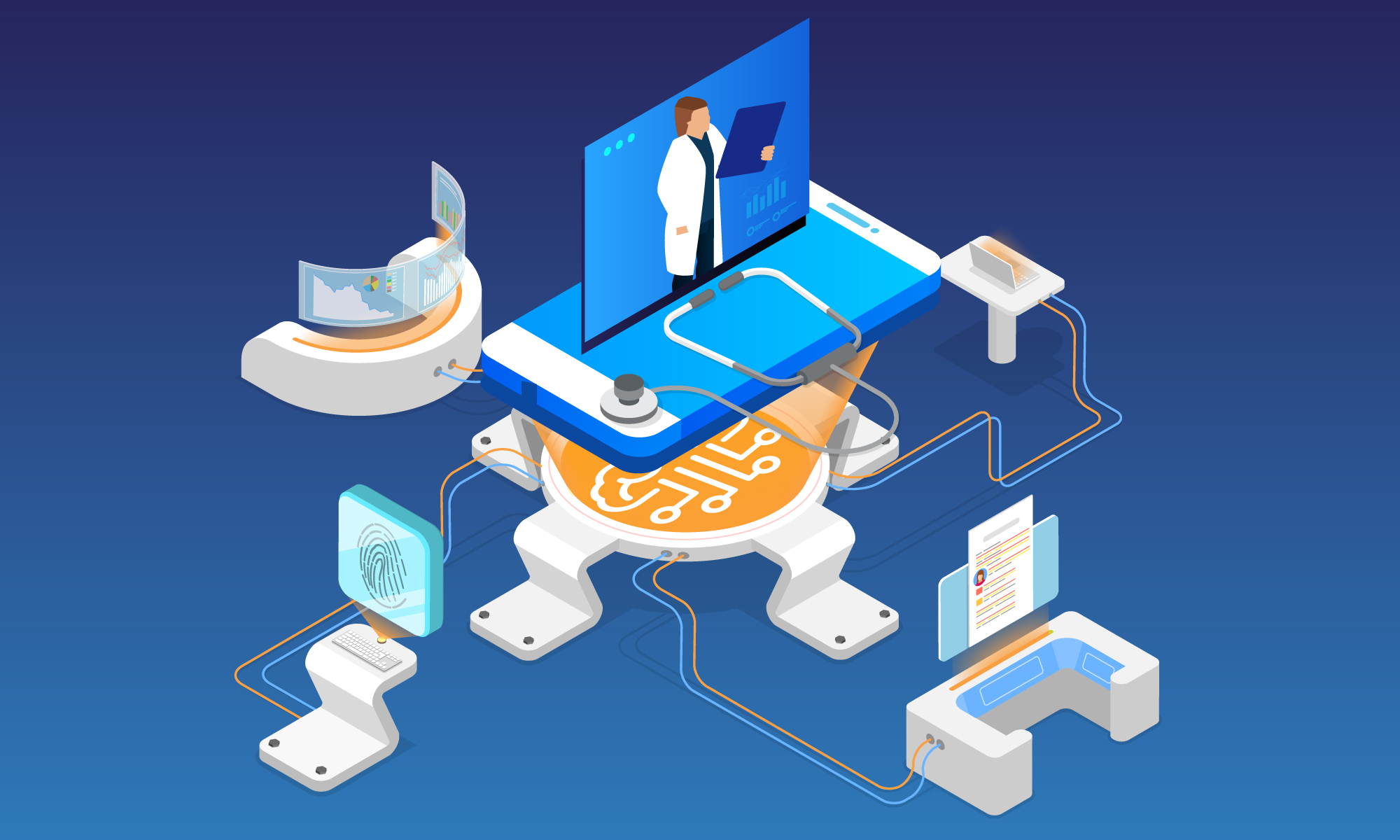Is your organization exploring the potential benefits of robotic process automation (RPA) but worrying about potential security risks? Let’s examine these concerns to guide your organization’s plans for risk mitigation management when considering RPA products and automation technology.
RPA software, like any other software solution, requires software life cycle management disciplines to avoid security risks
If RPA programming is thoroughly vetted, the risk for process errors is eliminated and the business outcomes become more consistent than when performed by humans. But RPA software, like any other software solution, must be developed, tested, and managed through controlled release cycles so that bugs or deceitful programming do not cause security issues. Inaccuracies in the form of logic errors or incorrect processing can show up in RPA solutions which could negatively impact data security through compromised data stores, inaccurate transactions, exposure to confidential or restricted information, compliance risk, and more. Adherence to stringent software life cycle management processes must be followed. Regression testing is critical to verify that previously-developed RPA capabilities still perform the same way after introducing new software, upgrades, or patches to RPA tools or connected solutions.
RPA products are still subject to legacy limitations and vulnerabilities
Transformation in any company requires the delicate balance of rebuilding capabilities for the future while supporting outcomes today. The challenge most organizations face when adopting innovative new automation technology solutions is the extent to which they are weighed down by integration with legacy system limitations. Though RPA services can help to overcome gaps in legacy system capabilities, it is also subject to legacy system vulnerabilities. Organizations must remain vigilant in carefully modernizing underlying systems and when managing changes that can disrupt previously deployed automated processes.
Access management of RPA solution capabilities and sensitive data is vital
Access management is at the top of security considerations for any solution and related data, including RPA. ‘Role-based access’ can designate different levels of access and capabilities appropriate to the responsibilities of different job profiles. Role-based access best practices are important, not only in live production execution but also for pre-production when those responsible for programming, testing, deploying, and supporting RPA solutions have access. Accidental logic errors or deceitful acts can find their way during any new solution development. In live RPA deployments, there is a handoff between RPA processes and those conducted by humans. The appropriate assignment and authorization of duties is critical. Sign-ons and access management in these handoff scenarios should be delineated between differing job roles, and between robots and humans, so that appropriate access is controlled and distinguishable. Detailed audit trails and centralized user management can help.
After RPA deployment, there are fewer human touch points as workers no longer need to interact with application interfaces which can now be locked down. This significantly limits human access so security can increase considerably. However, the greatest risk exposures from errors and fraudulent activity still come from people, and it is vital to monitor their activities through access management best practices.
Your IT and information security departments are critical stakeholders for your deployment
RPA technology is often promoted as a solution that can be deployed independently by a business unit. But like any other software solution, the IT and the data security experts must be critical stakeholders in planning, deploying, and managing the solution throughout its lifecycle. IT and data security experts can ensure that software management and security best practices are implemented from day one
In the end, if IT and business organizations follow well-established software management best practices, RPA fundamentally strengthens security when automating business processes.
Learn more about Robotic Process Transformation
Modernize Hospital Business Operations, Stat.

Jim Dwyer is Sutherland’s Chief Transformation Officer, responsible for driving digital and AI transformation across the organization. Jim leads advisory services, as well as insight and design at Sutherland Labs, where he spearheads innovation and sustainable growth initiatives. He has successfully built and scaled digital transformation practices, modernizing customer and employee experiences through technology, throughout his career of more than two decades. His cross-industry expertise in digital transformation allows Sutherland to deliver customized, high-impact solutions for its global clients.



